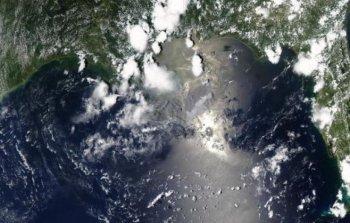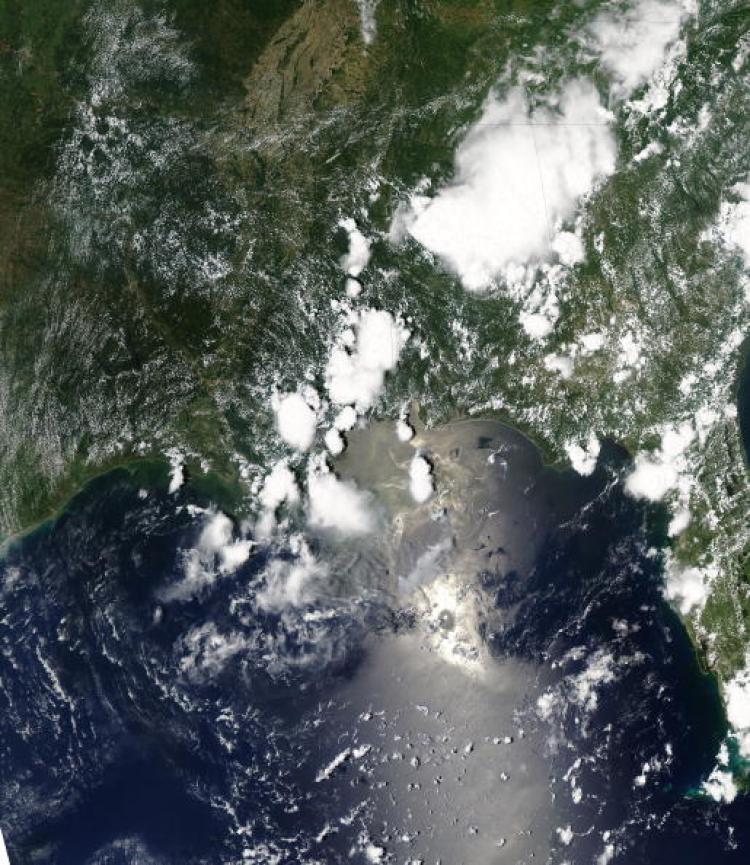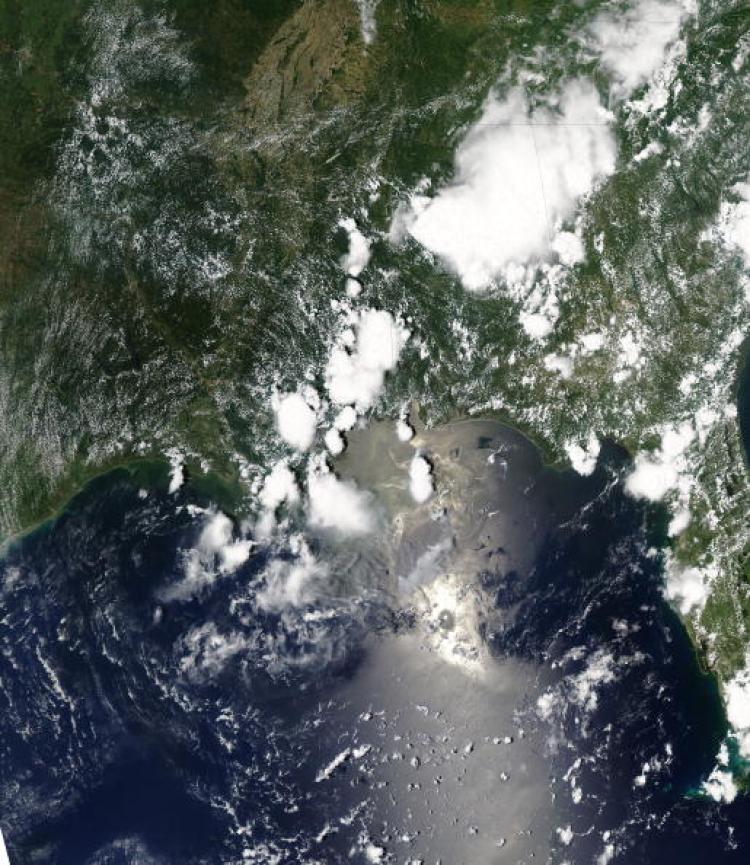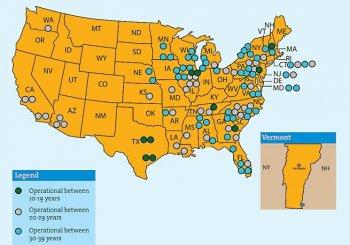The Gulf Emergency Summit, which brings together a group of scientists, environmental experts, political activists, and ordinary citizens to urge the U.S. government and BP to relinquish control over the oil spill catastrophe, convened today at the Deepwater Horizon Unified Response Command Center in New Orleans for a protest.
The protest was organized by Larry Everest in collaboration with other political activists such as Cindy Sheehan. Everest has been a long standing, outspoken critic of U.S. military operations in the Middle East. He filmed the documentary, “Iraq: A War Against the People.” He traveled to Iran in 1979 and 1980 and his articles have appeared in the Boston Globe and Los Angeles Times, among others.
Cindy Sheehan, also an antiwar political activist, is most known for her protests against the Iraq War—she camped outside of President Bush’s Texas Ranch for a time.
The protests followed the death of her son, specialist Casey Sheehan, who was killed in 2004 in Iraq.
In an telephone interview, Everest described the protest today. Twenty-five people made their way to the 14th floor of the Unified Command Center. There, the protesters were met with security forces and threats of arrest until a BP representative came out to accept a list of their demands.
The list demanded to stop all oil drilling along with the retraining and re-employment of all those affected, no punishment of those taking independent initiative, the allocation of all necessary resources to stop and clean up the spill, and the disclosure of all data relating to the spill, among others.
Everest said that it was a display of “spirited and determined action” to “get the truth out and act independently of the government to stop the oil spill catastrophe.”
According to Everest, the U.S. government and BP have been cooperating together to maximize their own benefits.
These accusations come at a time when President Obama has repeatedly advocated for tighter regulations for offshore drilling and an end to cozy relations between oil companies and the agencies, which regulate them.
The U.S. Department of Energy recently released all data on the oil spill, as part of a transparency policy to enable scientists and independent experts to use the information in crafting their response, which may be of some consolation to Everest and the protesters.
“Transparency is not only in the public interest, it is part of the scientific process. We want to make sure that independent scientists, engineers, and other experts have every opportunity to review this information and make their own conclusions,” said Secretary Chu in a statement.
Cindy Sheehan, also an antiwar political activist, is most known for her protests against the Iraq War—she camped outside of President Bush’s Texas Ranch for a time.
The protests followed the death of her son, specialist Casey Sheehan, who was killed in 2004 in Iraq.
In an telephone interview, Everest described the protest today. Twenty-five people made their way to the 14th floor of the Unified Command Center. There, the protesters were met with security forces and threats of arrest until a BP representative came out to accept a list of their demands.
The list demanded to stop all oil drilling along with the retraining and re-employment of all those affected, no punishment of those taking independent initiative, the allocation of all necessary resources to stop and clean up the spill, and the disclosure of all data relating to the spill, among others.
Everest said that it was a display of “spirited and determined action” to “get the truth out and act independently of the government to stop the oil spill catastrophe.”
According to Everest, the U.S. government and BP have been cooperating together to maximize their own benefits.
These accusations come at a time when President Obama has repeatedly advocated for tighter regulations for offshore drilling and an end to cozy relations between oil companies and the agencies, which regulate them.
The U.S. Department of Energy recently released all data on the oil spill, as part of a transparency policy to enable scientists and independent experts to use the information in crafting their response, which may be of some consolation to Everest and the protesters.
“Transparency is not only in the public interest, it is part of the scientific process. We want to make sure that independent scientists, engineers, and other experts have every opportunity to review this information and make their own conclusions,” said Secretary Chu in a statement.





Friends Read Free